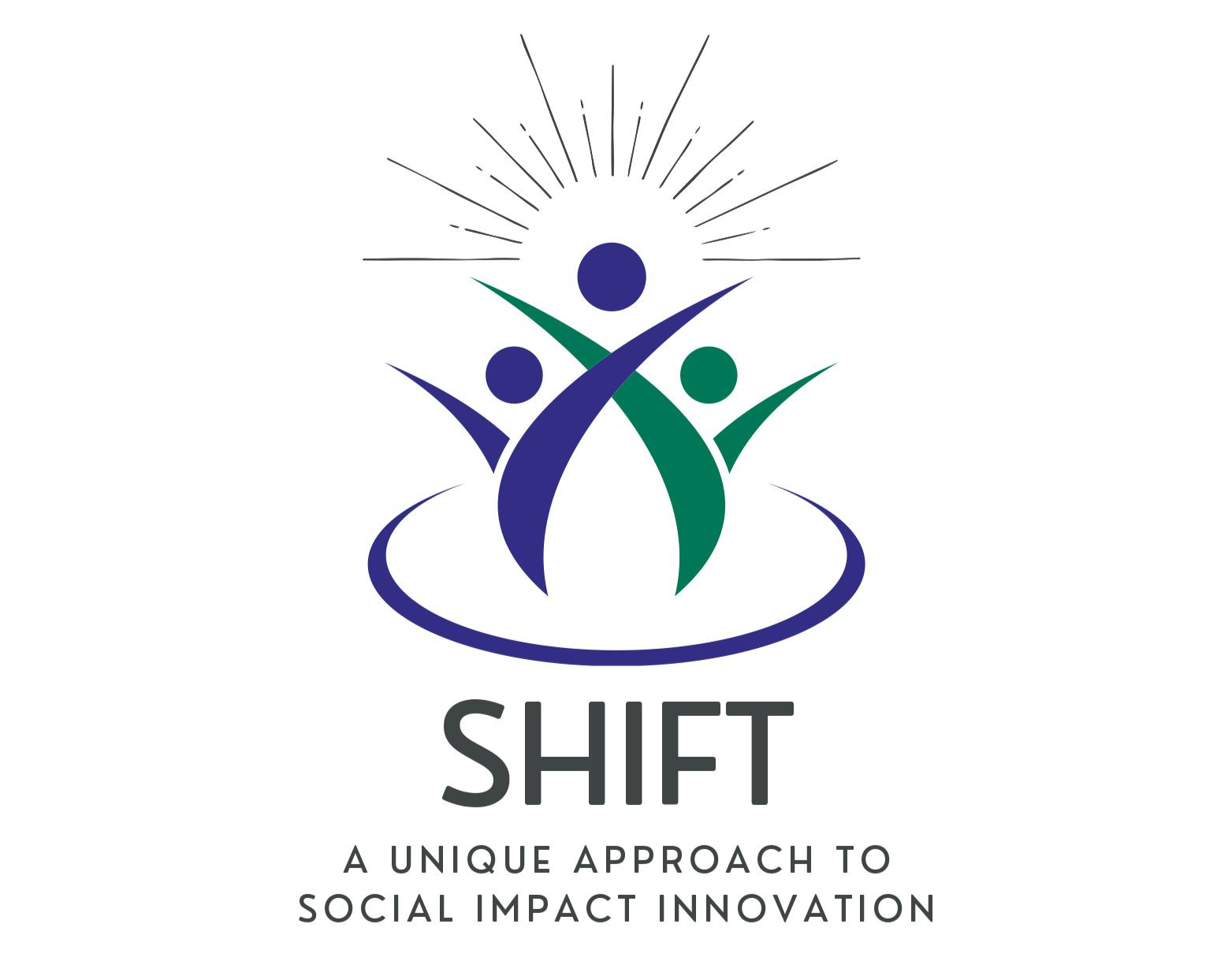Case Study: Inclusys Neuro Org - Digital Empowerment for Intellectual Disabilities
Inclusys Neuro Org Foundation embarked on a mission to bridge the digital divide for individuals with intellectual disabilities, leveraging the SHIFT methodology to create transformative change.
Challenge
Develop an inclusive digital skills curriculum tailored to the unique learning needs of intellectually disabled individuals, enabling them to access quality education and employment opportunities in the digital domain.
SHIFT Framework Application
Sensing Phase
Objective: Understand the specific needs, aspirations, and barriers faced by individuals with intellectual disabilities in the digital world.
Actions Taken:
Conducted in-depth consultations with diverse stakeholders:
-
Individuals with intellectual disabilities
-
Educators and therapists
-
Caregivers
-
NGOs and social inclusion communities
-
Inclusive workspaces
Key Insights:
-
Identified unique learning styles and preferences
-
Uncovered specific barriers to digital education
-
Recognized the importance of personalized, adaptive learning approaches
Learner/Trainer Takeaway: The Sensing phase is crucial for developing empathy and gaining a comprehensive understanding of the target group's needs and challenges.

Harmonizing Phase
Objective: Develop a curriculum that bridges the gap between the unique learning needs of individuals with intellectual disabilities and market-relevant digital skills.
Actions Taken:
- Explored and assessed various digital IT topics for relevance and accessibility
- Refined and adapted content in areas such as:
-
No-code AI
-
Data collection and analysis
-
Data segmentation and annotation
-
Transcription
Key Outcomes:
Created a curriculum that balances engagement, feasibility, and market relevance
Developed adaptive learning methodologies to accommodate diverse learning styles
Learner/Trainer Takeaway: The Harmonizing phase involves iterative design and refinement, ensuring solutions are both accessible to the target group and aligned with real-world needs.


Key Success Factors
-
Deep empathy and understanding of the target group's needs (Sensing)
-
Adaptive and iterative approach to curriculum development (Harmonizing)
-
Innovative use of technology for personalized learning (Transforming)
-
Strong partnerships for program implementation and job placement (Transforming)
Transforming Phase
Objective: Implement and scale the digital empowerment program, creating lasting impact for individuals with intellectual disabilities.
Actions Taken:
-
Introduced cutting-edge technologies like Brain-Computer Interface (BCI) for real-time learning assessment
-
Implemented an adaptive, data-driven approach for personalized learning experiences
-
Established partnerships for program scaling and job placement
Impact Highlights:
-
Over 150 individuals with intellectual disabilities participated in the program
-
50+ graduates now work as freelancers in the data and AI domain
-
Sparked discussions on scalability and inclusive innovation in the tech industry
Learner/Trainer Takeaway: The Transforming phase focuses on implementation, continuous improvement, and scaling for broader impact.

Future Directions
Expand the program to reach more individuals with intellectual disabilities
Explore additional technology domains for skill development
Collaborate with more companies to create inclusive job opportunities

The Inclusys Neuro Org Foundation case study demonstrates how the SHIFT methodology can be applied to create transformative change in complex social challenges. By systematically moving through the Sensing, Harmonizing, and Transforming phases, the project was able to develop a truly inclusive and impactful digital empowerment program.
Conclusion

Learner/Trainer Takeaway:
The Sensing phase is crucial for developing empathy and gaining a comprehensive understanding of the target group's needs and challenges.
Join the newsletter for relevant updates and inquiries
© 2025 The SHIFT Methodology

Lessons Learned
-
The importance of involving the target group in all phases of the project
-
The power of adaptive technologies in creating inclusive learning environments
-
The potential of innovative approaches to open new career paths for underserved communities
